What makes a rufous-crested coquette so special? It is the fairy tale crown that only male ones of these small hummingbirds have. They have fabulous spiky orange crests and feathers tipped in black; otherwise greenish with dark throat and conspicuous white band across the rump.
#1. Adult male
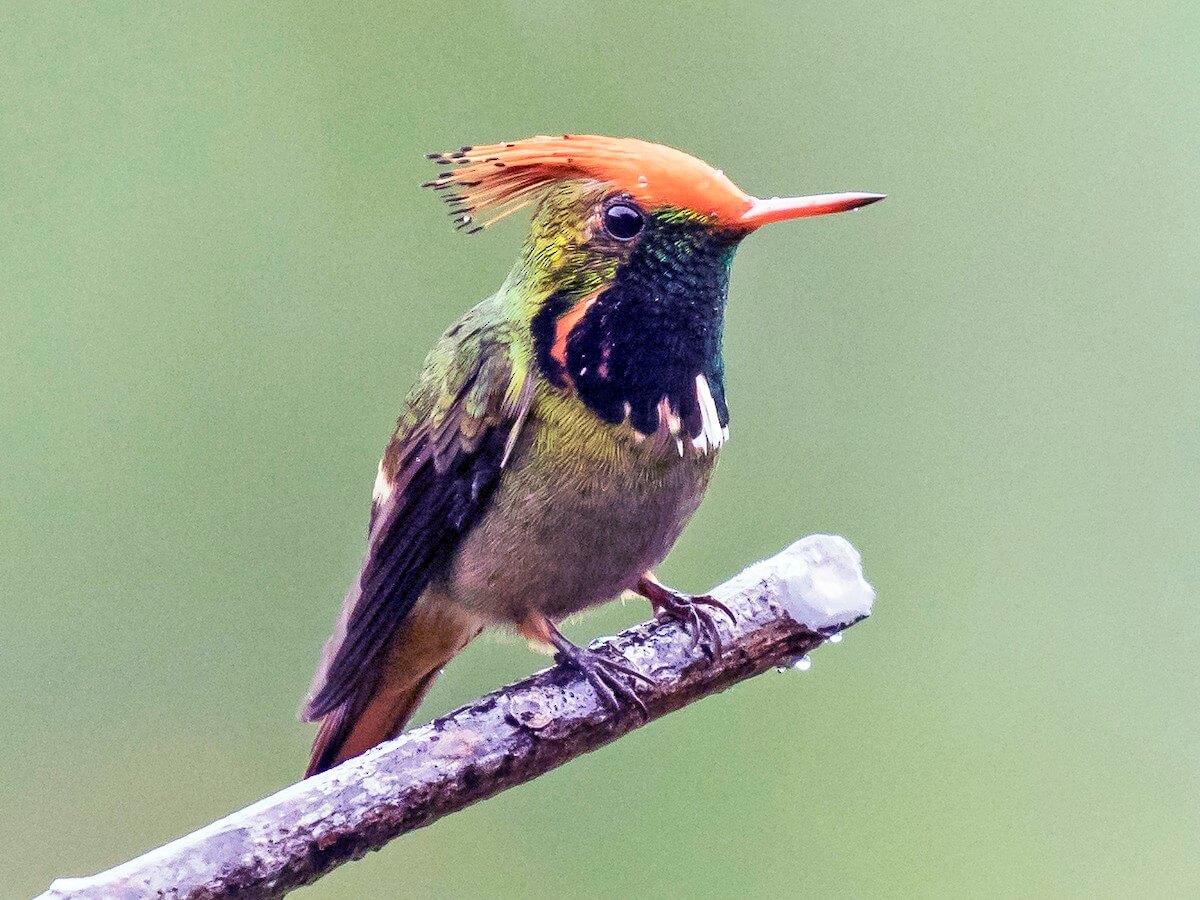 Source: Peter Hawrylyshyn, Waqanki Feeders, San Martín, Peru
Source: Peter Hawrylyshyn, Waqanki Feeders, San Martín, Peru
#2. Adult male
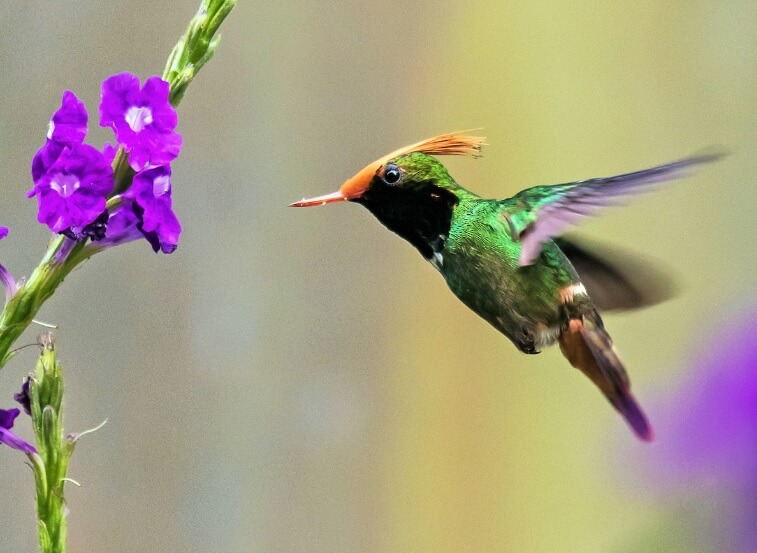 Source: graichen & recer, Canopy Lodge, Coclé, Panama
Source: graichen & recer, Canopy Lodge, Coclé, Panama
#3. Female/immature male
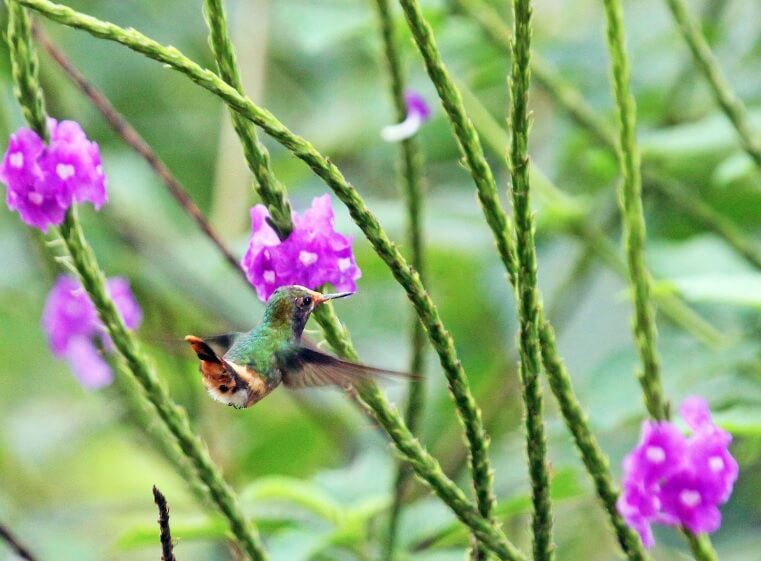 Source: Johan Chaves, Rancho Naturalista, Cartago, Costa Rica
Source: Johan Chaves, Rancho Naturalista, Cartago, Costa Rica
#4. Adult male
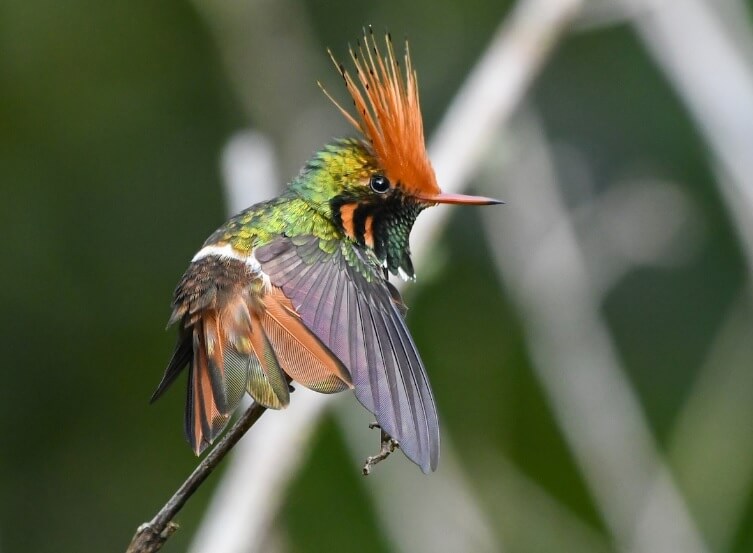 Source: Ben Sanders, Reserva Arena Blanca, San Martín, Peru
Source: Ben Sanders, Reserva Arena Blanca, San Martín, Peru
#5. Adult male
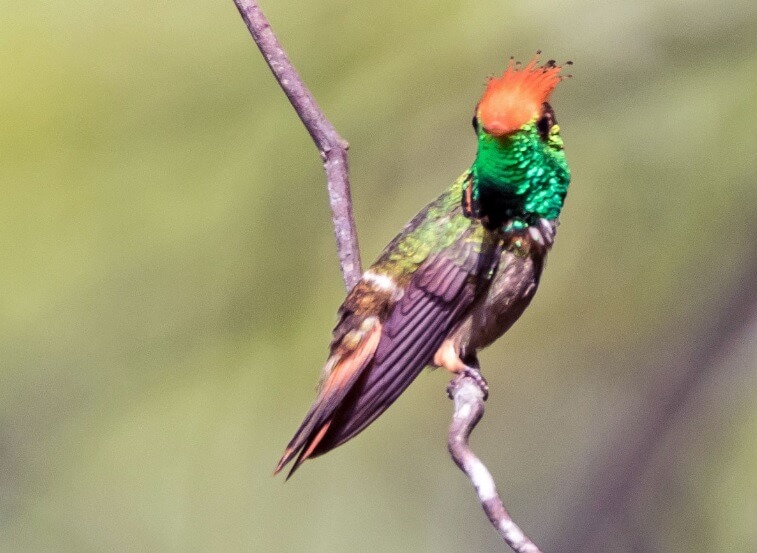 Source: Jesse Huth, Waqanki/Quebrada Mishquiyaquillo, San Martín, Peru
Source: Jesse Huth, Waqanki/Quebrada Mishquiyaquillo, San Martín, Peru
#6. Female/immature male
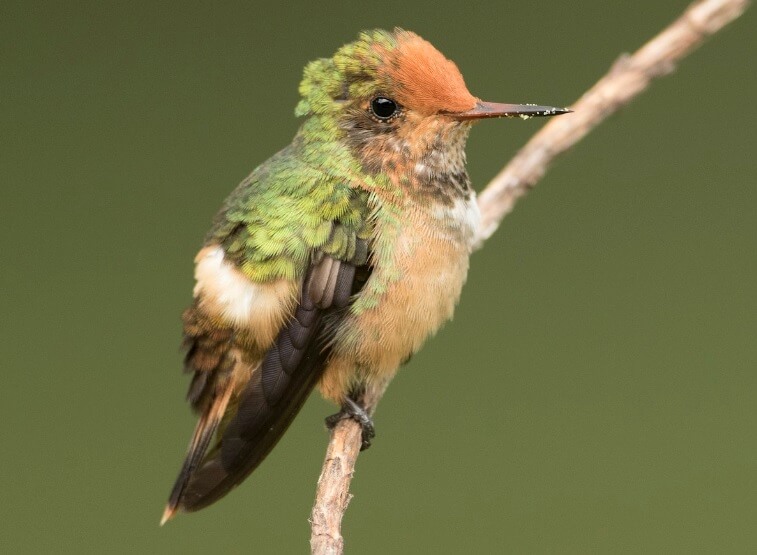 Source: Brian Sullivan, Amazonía Lodge, Madre de Dios, Peru
Source: Brian Sullivan, Amazonía Lodge, Madre de Dios, Peru
#7. Female
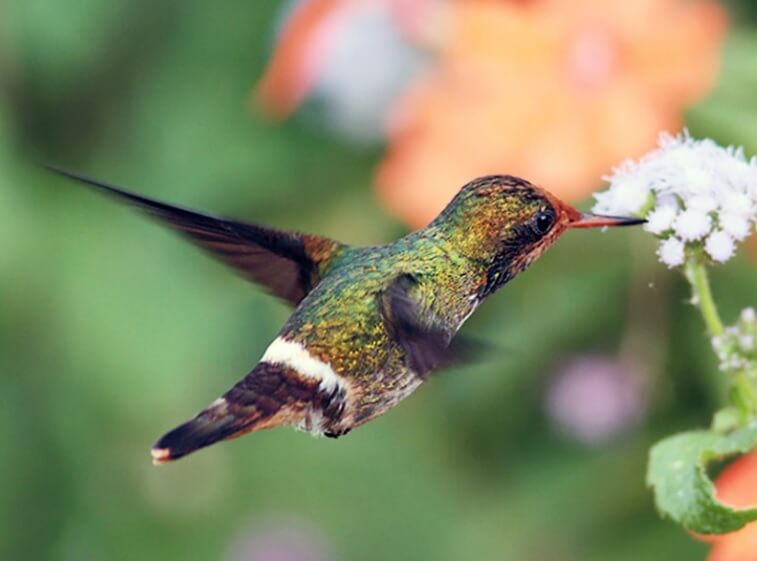 Source: CELINE LAHAYE, Cerro Azul--Casa Colibrí, El Torreón, Panamá, Panama
Source: CELINE LAHAYE, Cerro Azul--Casa Colibrí, El Torreón, Panamá, Panama
#8. Foraging nectar
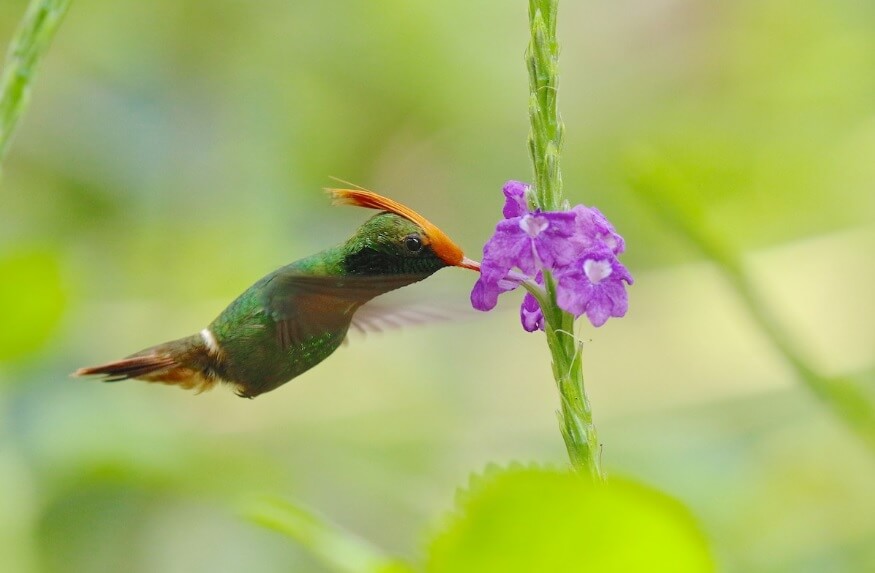 Source: Jon Pleizier, Canopy Lodge, Coclé, Panama
Source: Jon Pleizier, Canopy Lodge, Coclé, Panama
#9. Amazing
 Source: Thibaud Aronson, Waqanki/Quebrada Mishquiyaquillo, San Martín, Peru
Source: Thibaud Aronson, Waqanki/Quebrada Mishquiyaquillo, San Martín, Peru
Males present a similar courtship ritual to other Coquette species. It is a series of lateral oscillating flights in front of a perched female, displaying the crest.
#10. A male on perch flaring crest. This was taken in the hummingbird feeder area and this bird had a favorite perch which he defended.
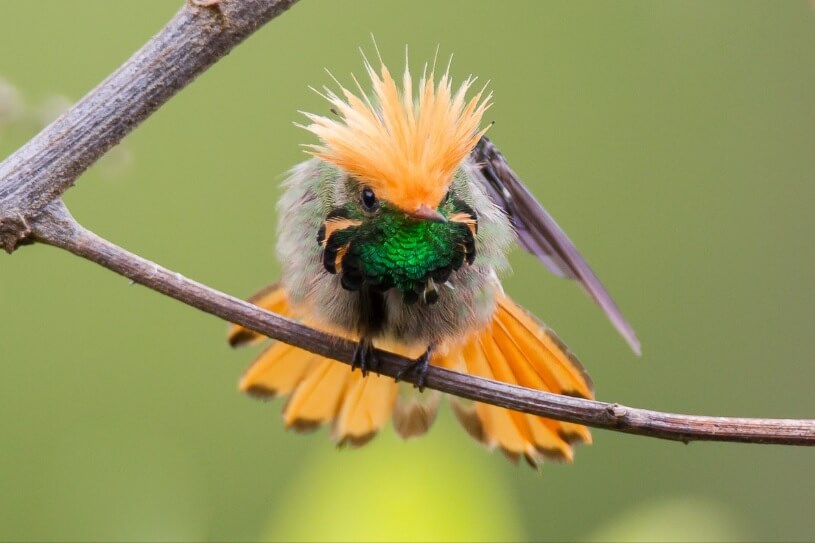 Source: Robert Lewis, Waqanki/Quebrada Mishquiyaquillo, San Martín, Peru
Source: Robert Lewis, Waqanki/Quebrada Mishquiyaquillo, San Martín, Peru
#11. Wow
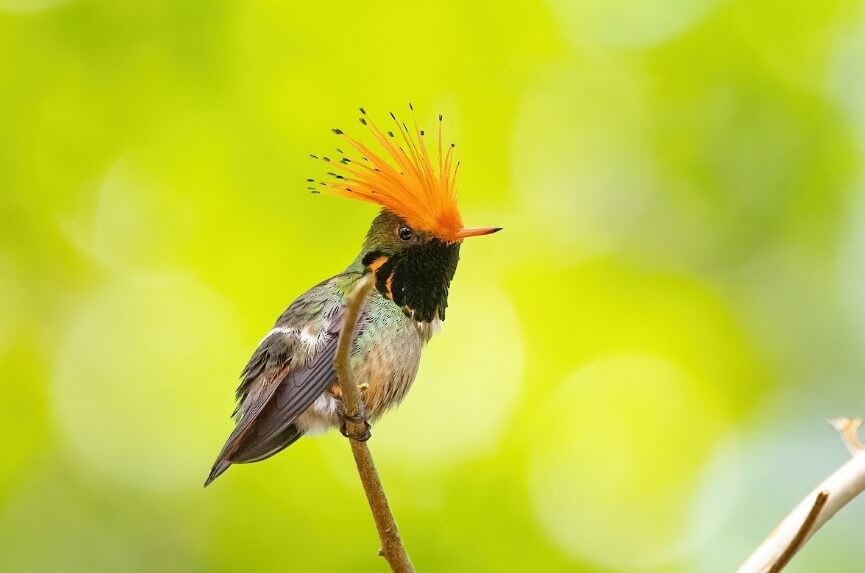 Source: Thibaud Aronson, Waqanki/Quebrada Mishquiyaquillo, San Martín, Peru
Source: Thibaud Aronson, Waqanki/Quebrada Mishquiyaquillo, San Martín, Peru
#12. Immature one
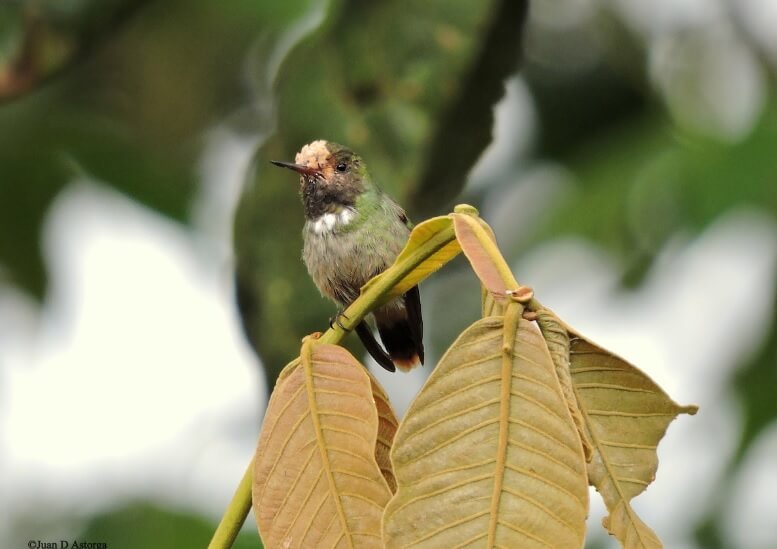 Source: Juan D Astorga, Tuis, Turrialba, Cartago, Costa Rica
Source: Juan D Astorga, Tuis, Turrialba, Cartago, Costa Rica
#13. So gorgeous
 Source: Thibaud Aronson, Waqanki/Quebrada Mishquiyaquillo, San Martín, Peru
Source: Thibaud Aronson, Waqanki/Quebrada Mishquiyaquillo, San Martín, Peru
#14. Very beautiful
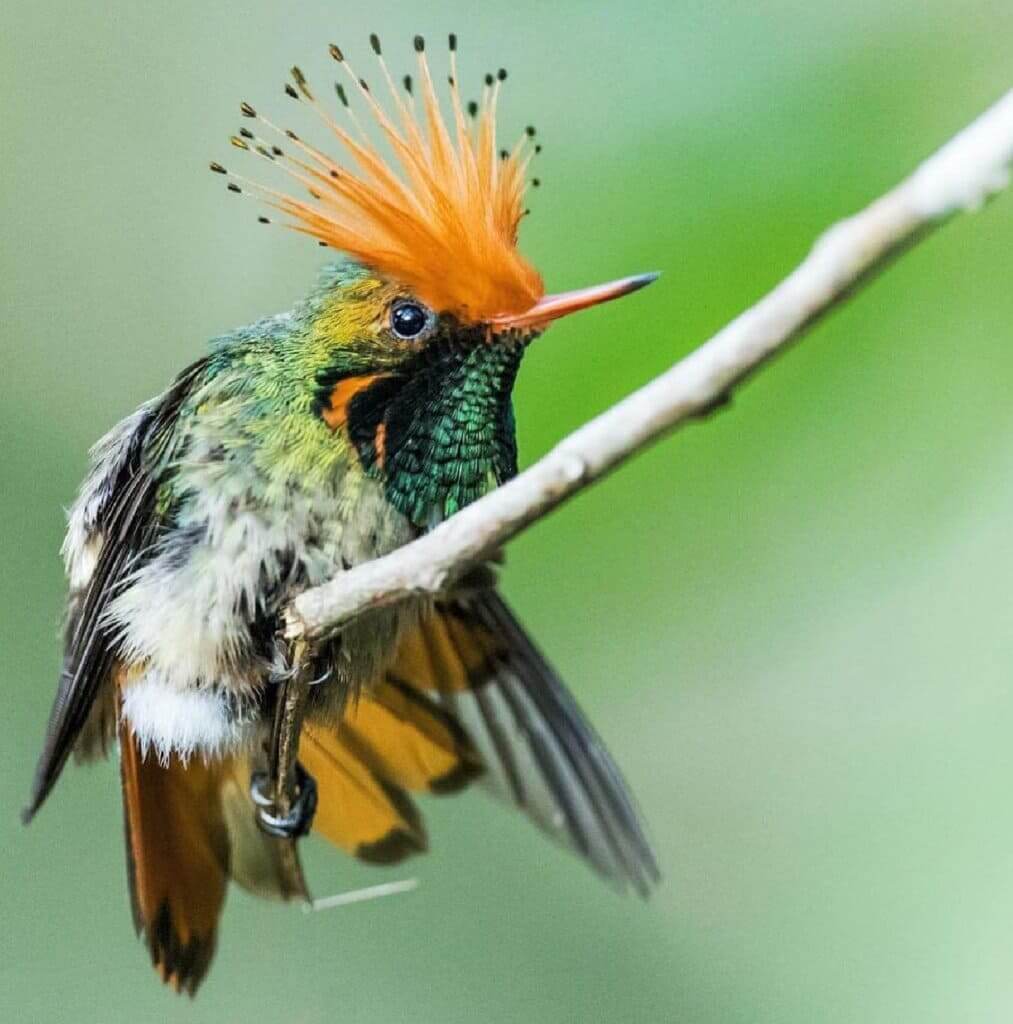 Source: imgur
Source: imgur
#15. Chubby...
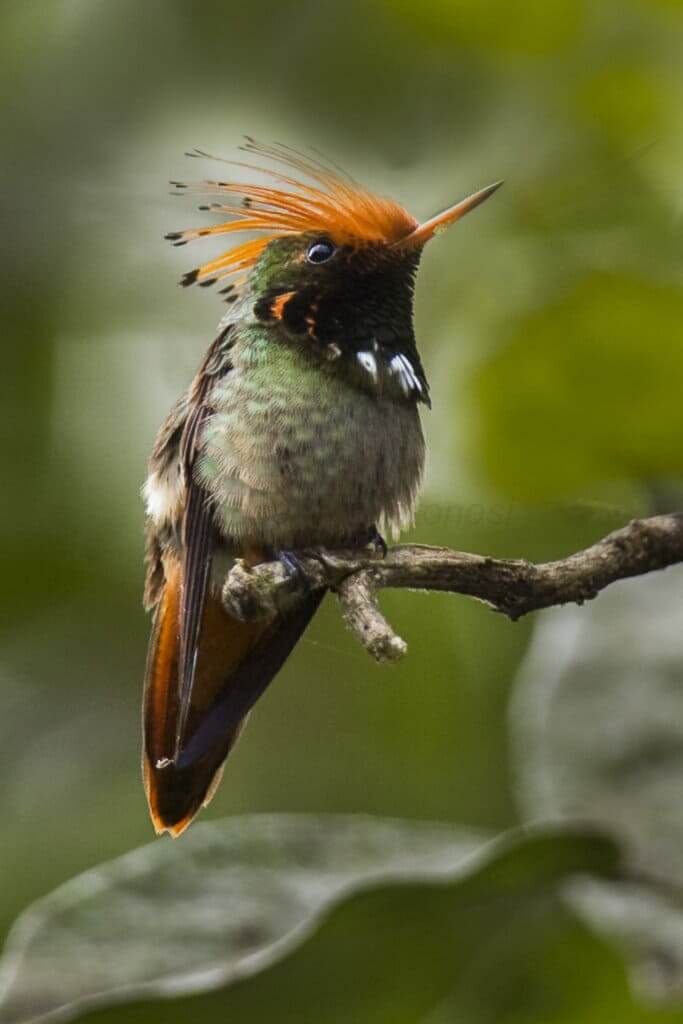 Source: imgur
Source: imgur
#16. ... and cute
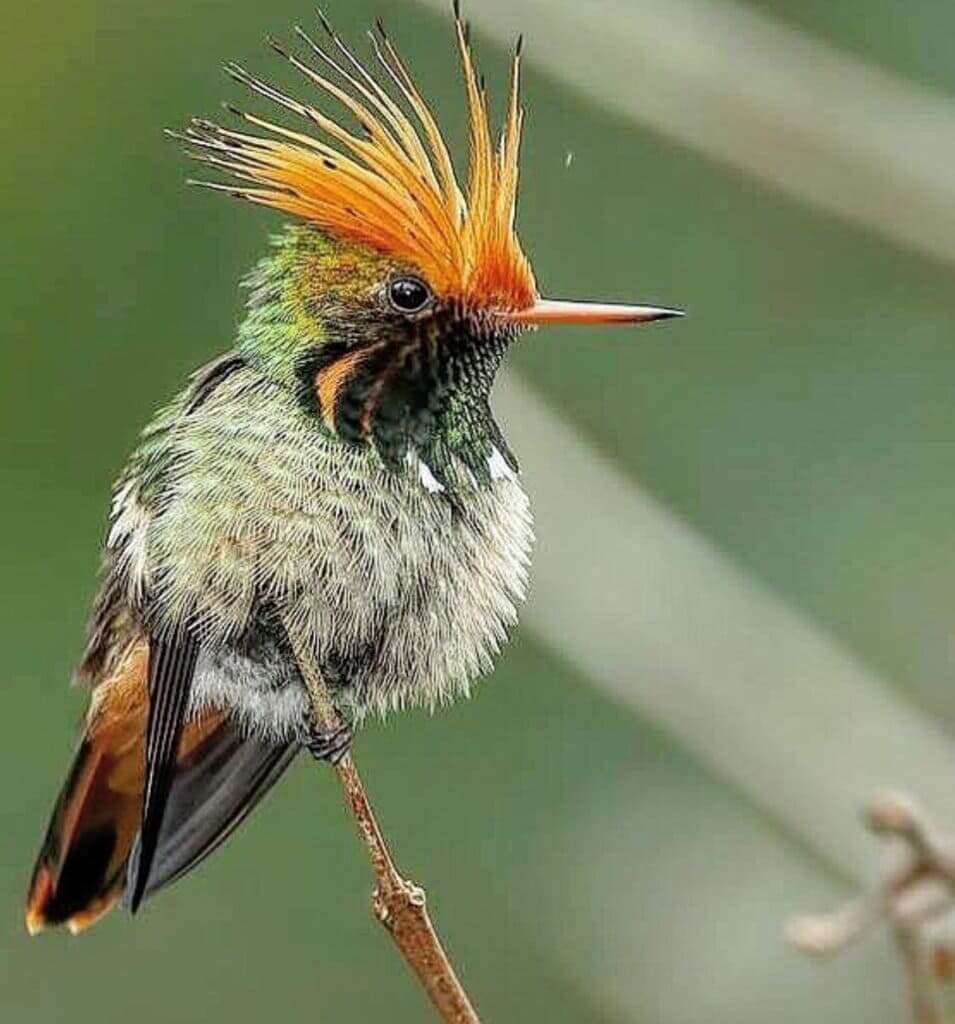 Source: imgur
Source: imgur